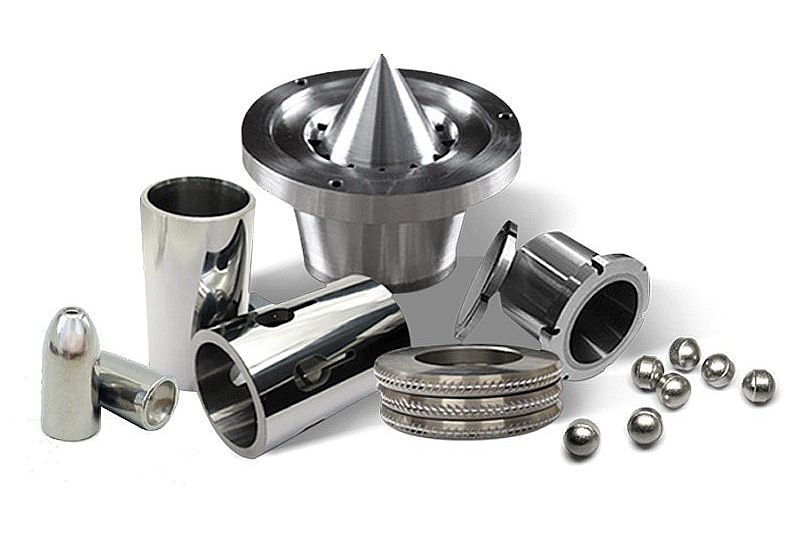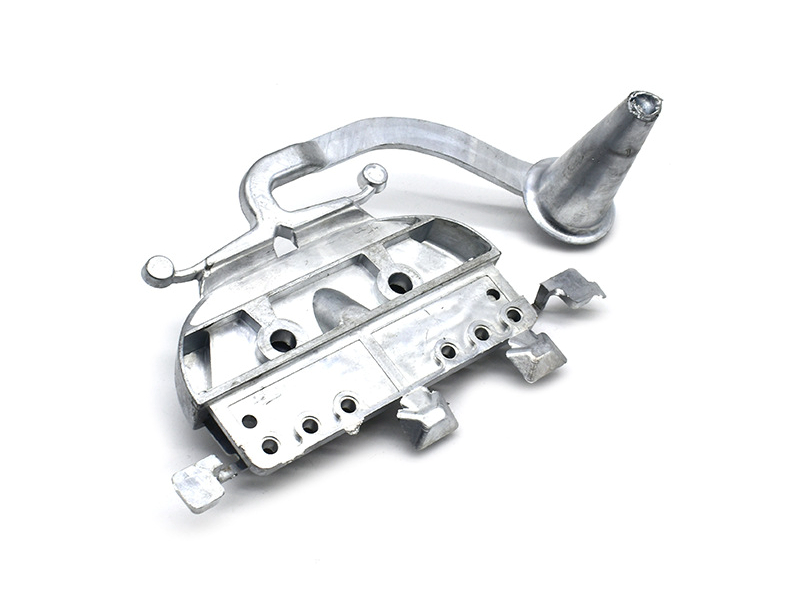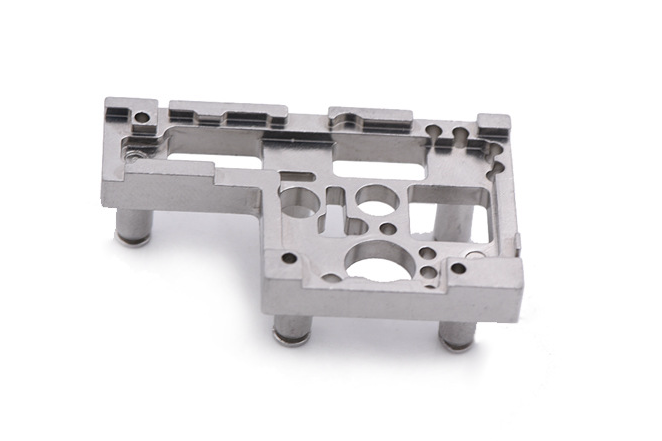What benefits does MIM offer over machining for gears in smart locks?
When designing gears for smart locks, the primary challenge is balancing compact size with strength, ensuring silent operation, and resisting tampering. Traditional machining can achieve precise geometry, but it struggles with miniature features, cost efficiency, and complexity of internal forms. In contrast, metal injection molding (MIM) enables the creation of extremely fine details, high production consistency, and optimized mass production of complex gear geometries—making it a preferred solution for next-generation smart locking mechanisms.
Design Freedom and Complex Geometries
MIM supports thin walls, internal cavities, and undercuts that are difficult or expensive to machine. Complex profiles, such as helical gears, spline hubs, or anti-tamper geometry, can be formed directly without requiring secondary operations. Materials like MIM 17-4 PH, MIM-4140, and MIM-52100 offer high hardness after heat treatment and excellent fatigue resistance, making them ideal for repeated torque transmission in compact lock assemblies.
Noise Reduction and Smooth Operation
Gears in smart locks must be precise but quiet. MIM enables the creation of highly uniform tooth profiles with tight tolerances, thereby minimizing backlash and noise. Surface finishing can then be applied, for example using tumbling or light polishing, to achieve a smooth finish on tooth flanks. This produces gears ready for direct assembly, eliminating the need for extensive machining or lapping processes.
Strength Through Material and Heat Treatment
Specialized alloys used in MIM retain high density and mechanical integrity after sintering. Post-process heat treatment can be used to enhance load-bearing capacity. For gears exposed to higher loads or anti-pry resistance, tool steels like MIM-A2 or MIM-D2 achieve exceptional wear resistance while maintaining stiffness to avoid tooth deformation.
Cost Efficiency in Mass Production
Machining each gear individually becomes expensive as complexity increases. Once tooling is developed, MIM enables high-volume production with excellent repeatability, ideal for smart locks that utilize multiple gears in every mechanism. Prototyping can be validated using CNC machining prototyping or 3D printing prototyping, followed by batch production through MIM once the design is finalized.
Integration with Other Manufacturing Processes
Part integration is another advantage. MIM allows shafts, hubs, keys, or anti-reverse features to be molded as one part instead of machined separately and assembled. These can then be combined with plastic housings via insert molding or overmolding to create fully integrated subassemblies. Supplementary anti-wear coatings via PVD or corrosion protection through electropolishing further enhance long-term durability in electronic lock environments.



